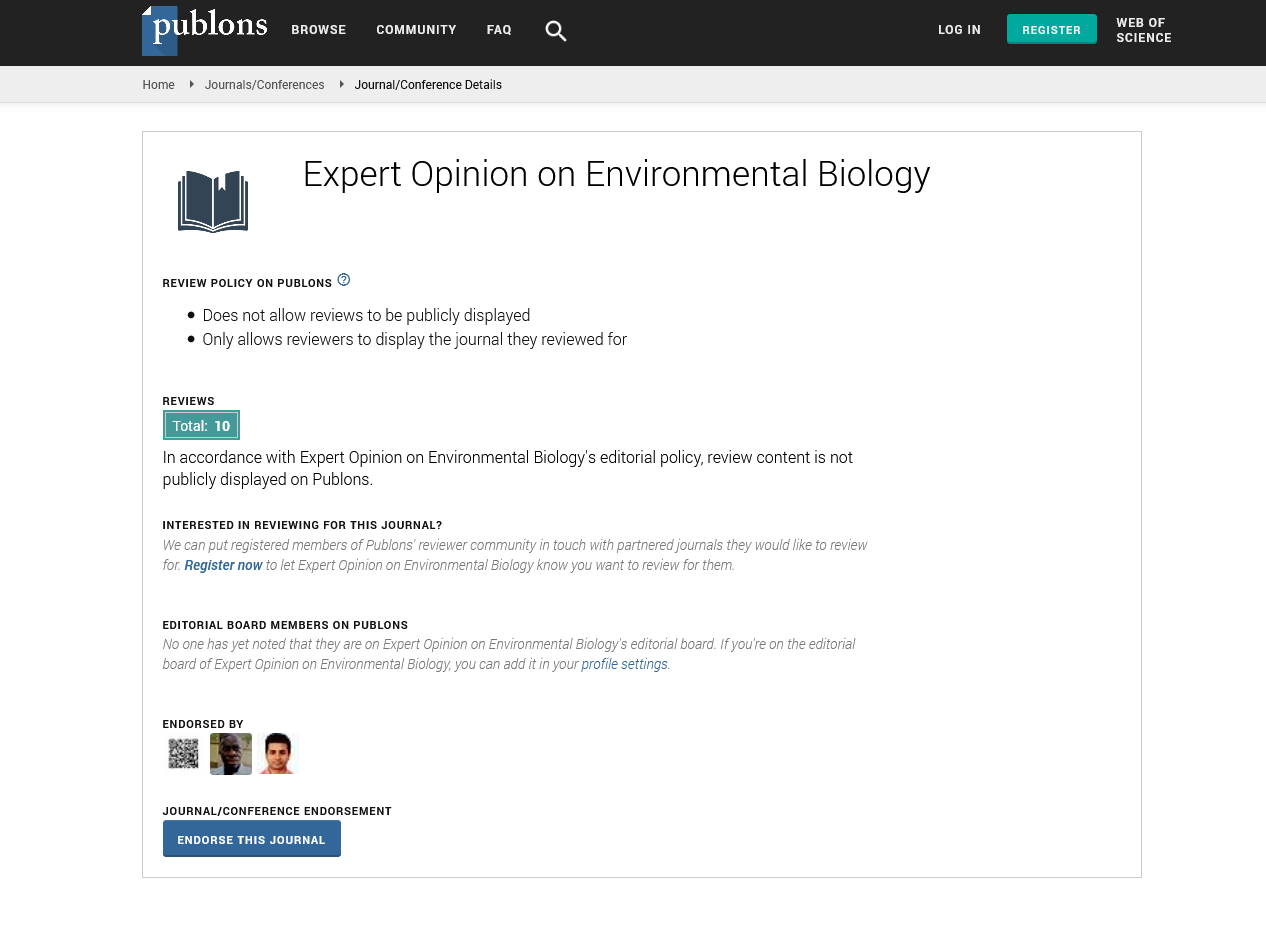Systematization and characterization of adaptation options to climate change: focusing on Korea’s adaptation plans
Chang Sug Park and Tae-Ho Kim
Korea Environment Institute, Republic of Korea
: Expert Opin Environ Biol
Abstract
In accordance with the Basic Law on Green Growth, which was enacted in 2010, the Republic of Korea has established and implemented counter measures for climate change adaptation in the national, regional and local governments. What adaptation options are used by national and regional/local governments to adapt to climate change? This study aims to investigate and systematize climate change adaptation options of national and local governments as a basic study to answer these questions. First, it has collected climate change adaptation options from the national, 16 regional and 165 local adaptation plans and classified them into seven categories: health, disaster, agriculture and fishery, forests, ecosystems, infrastructure and coastal management and water management. Next, totally 149 climate change adaptation options were identified for seven categories, based on the screening technique. This allows us to show the adaptation options being utilized by the national and regional/ local governments in Korea. It can also be used as a basis for determining the priority of adaptation options considering effective adaptation to climate change in the Korea and other countries.
Biography
Chang Sug Park has completed his PhD from Interdisciplinary Program in Landscape Architecture, Seoul National University Graduate School of Environmental Studies in Korea. He has been working at the Korea Environment Institute, which is a national think-tanker and is currently a Chief Senior Research Fellow. He is engaged in various research activities focusing on areas such as climate change, land use, and environmental planning.
E-mail: plade290@kei.re.kr
 Spanish
Spanish  Chinese
Chinese  Russian
Russian  German
German  French
French  Japanese
Japanese  Portuguese
Portuguese  Hindi
Hindi 
